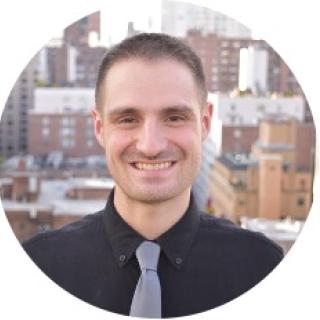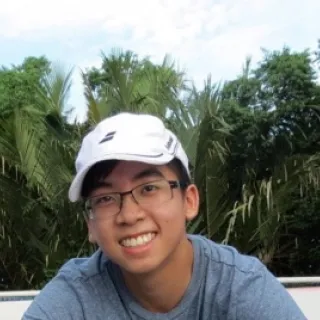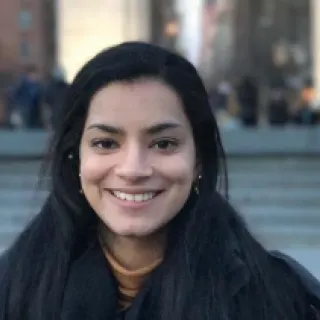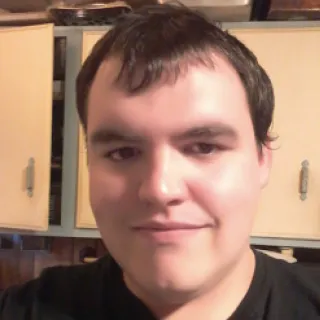
Joana A. Vidigal, Ph.D.
- Center for Cancer Research
- National Cancer Institute
- Building 37, Room 6056
- Bethesda, MD 20892-4260
- 240-760-6691
- joana.vidigal@nih.gov
RESEARCH SUMMARY
Our long-term goal is to understand the mechanisms through which small noncoding RNA pathways regulate gene expression during animal development, tissue homeostasis, and disease. Our work relies on the use of mouse models and genetic tools, together with biochemical and computational approaches, to stringently define the requirement of these pathways in vivo. Ultimately, we aim to gather actionable knowledge that can be used to design better strategies for screening, prevention, and treatment of human diseases.
If you are interested in your work, find out how to join us!
Areas of Expertise

Joana A. Vidigal, Ph.D.
Research
We focus our work on the use of mouse genetics, one of the most powerful approaches to understand gene function and regulation in vivo. To this end, we have developed new platforms to query the genome at a speed and scale not previously possible. First, we developed a spatial and temporally inducible RNAi system to dissect gene function in mice from a single defined locus (Vidigal et al., NAR 2010). Second, we developed experimental and computational approaches to design and construct CRISPR/Cas9 libraries for high-throughput functional screens to the coding and noncoding genome (Vidigal & Ventura, Nat. Comm. 2015, Perez et al, Nat. Biotech 2017, and Perez et al., Nat Comm. 2021).
We are applying these tools as well as traditional genome targeting techniques to study the role of noncoding RNAs and RNA binding proteins in mammalian development and disease. Most prominently, we used genetically engineered mice carrying an allelic series of the miR-17~92 cluster to define, for the first time, the regulatory functions of individual members of a polycistronic miRNA gene (Han et al., Nat. Genetics 2015). More recently, we have generated a mouse model with an epitope tag at the endogenous Argonaute 2 (Ago2) locus allowing us to study the regulation of this protein for the first time in vivo. In our initial characterization of Ago2HA/HA mice (Sala, 2022) we found that in quiescent cells, the repressive roles of AGO2 are diverted away from post-transcriptional regulation of mRNAs in the cytoplasm via the miRNA pathway to instead co-transcriptionally repress mobile transposons in the nucleus via its conserved—but poorly understood—catalytic domain. Thus, our work reveals a previously unrecognized but essential regulatory mechanism, shows that in somatic cells AGO2’s functions in the miRNA or RNAi pathways are spatially segregated, and provides a compelling physiological requirement for the retention of a catalytic competent AGO protein in the vertebrate genome.
Below we give a short overview of our ongoing areas of research:
Functional dissection of small noncoding RNA pathways in mice
Noncoding RNAs are emerging as essential components of gene regulatory networks in animals and our lab aims to understand what roles they perform in the cell, how their activity is regulated, and how their dysfunction contributes to human disease. Our lab is particularly interested in studying the role of small noncoding RNAs in mammals, especially those that interact with components of the miRNA pathway.
MicroRNAs are a conserved class of small noncoding RNAs—around 20 nucleotides long—that regulate gene expression by binding to target genes through incomplete base pairing leading to their degradation and/or translational inhibition. We and others have shown that miRNAs are causally implicated in the etiology of a variety of human diseases, from human developmental syndromes to cancer. Yet, despite its essential functions in mammalian biology many aspects of this pathway remain poorly defined. Specific questions we are addressing in this context include:
- how is the activity of miRNA pathway components regulated in vivo? Read about our recent work describing the regulation of AGO2 in quiescence versus proliferating cells;
- how does the modest deregulation of miRNA targets upon miRNA disruption lead to phenotypes as severe as perinatal lethality? We are addressing this question using a combination of computational tools and single molecule assays.
- In addition to binding to miRNAs, proteins of the miRNA-processing pathway can also interact with other RNA species. However, the identity of these molecules and the physiological relevance of these interactions remain poorly studied. We are addressing both these questions using genetically engineered mouse models in combination with biochemical and high-throughput approaches.
Regulation and function of RNA binding proteins (RBPs)
RNA binding proteins play essential roles in shaping gene expression programs by controlling the life cycle of all classes of RNAs (from maturation, modification, transport, stability) and by mediating the functions of noncoding RNA molecules. The function of these proteins can itself be regulated at multiple steps, including through post-translational modifications or through the binding to different protein partners. Underscoring their importance in mammalian biology, RBPs have now been placed at the center of the regulatory networks that control cell differentiation programs, and mutations in the genes that encode them are being increasingly associated with a number of human diseases, including cancer. To mechanistically dissect the functions of RBPs in vivo our lab is developing novel mouse models and biochemical protocols that can be used to identify protein/RNA interactors, and modification/editing events in a high-throughput manner. Our work focuses primarily on the study of RBP function in the context of small RNA pathways. Nevertheless, we are also employing systematic approaches to dissect how RBPs as a class, impact cell fate decisions and tumor initiation/progression. In this context, one of the strengths of our research program is the high-throughput CRISPR editing platform we have developed.
CRISPR tools to dissect RNA pathways
CRISPR genome editing has revolutionized the speed and scale at which we can dissect gene function. In particular, the ability to generate high-throughput CRISPR libraries provides a way to assign gene function in an unbiased manner in the context of loss-of-function genetics screens. Our lab is actively developing experimental and computational tools to dissect the functions of the coding and noncoding genes in a high-throughput manner. We are using these tools to identify noncoding RNAs, and RNA binding proteins that regulate cell fate decisions and tumorigenesis. Once candidate genes have been identified, we can further validate their functional relevance in vivo using CRISPR-mediated somatic genome editing.
Publications
- Bibliography Link
- View Dr. Vidigal's Complete Bibliography at Google Scholar.
AGO2 silences mobile transposons in the nucleus of quiescent cells
GuideScan software for improved single and paired CRISPR guide RNA design
An allelic series of miR-17~92-mutant mice uncovers functional specialization and cooperation among members of a microRNA polycistron
Biography
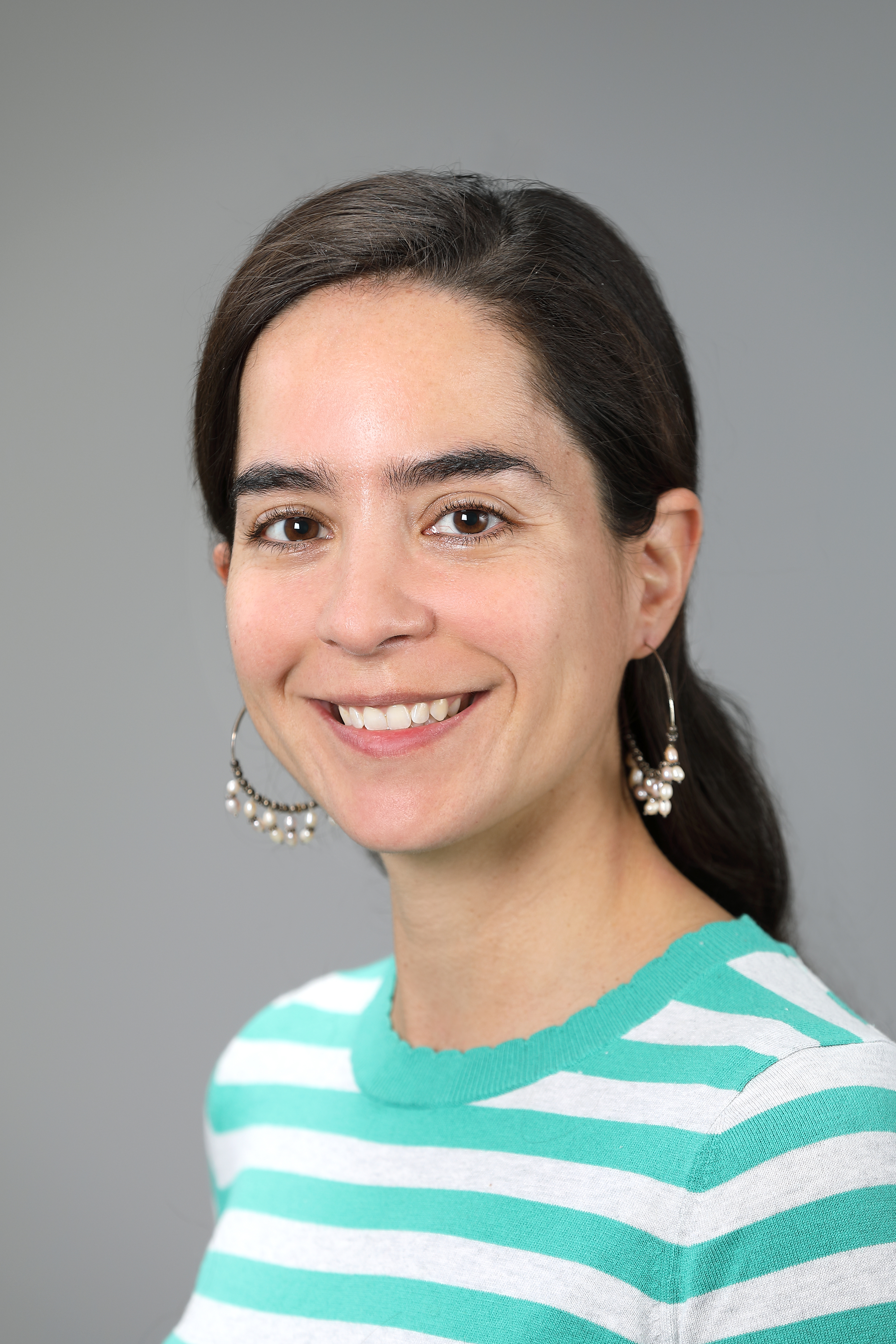
Joana A. Vidigal, Ph.D.
Dr. Joana Vidigal did her doctoral work at the Max-Planck Institute for Molecular Genetics in Berlin where she gained extensive expertise in mammalian development and mouse genetics. Later on, as a postdoctoral researcher at Memorial Sloan Kettering Cancer Center, she became well versed in cancer biology and the use of mouse models of human cancer to understand tumor initiation and progression. During this time she leveraged her knowledge of mammalian biology and her expertise in mouse genetics to stringently define the physiological roles of noncoding RNAs in animal development, homeostasis and disease. With the goal of accelerating the functional dissection of genes in mammals she also developed a number of tools to perform large-scale loss-of-function genetic screens. Since joining NCI as Stadtman Tenure Track Investigator in 2018, Dr. Vidigal’s ultimate goal is to build upon this work to understand how deregulation of RNA pathways impacts human disease in order to have actionable knowledge that can be used to design better strategies for screening, prevention, and treatment of human diseases.
Job Vacancies
| Position | Degree Required | Contact Name | Contact Email |
|---|---|---|---|
| Postdoctoral Fellow - RNA biology, cancer | Ph.D. or equivalent | Joana Vidigal | joana.vidigal@nih.gov |
Team
News
**New paper alert!** AGO2 regulates young transposons in the nucleus of Quiescent Cells
Argonaute proteins are key cytoplasmic components of the miRNA pathway, with critical roles in animal development and disease. Although studies have suggested that their functions can be regulated, we do not currently understand in which physiological contexts that happens or what purpose it serves. We have generated a mouse model with an epitope tag at the endogenous Argonaute 2 (Ago2) locus allowing us to address this question for the first time in vivo. In our initial characterization of Ago2HA/HA mice (Sala, 2022) we found that in quiescent cells, the repressive roles of AGO2 are diverted away from post-transcriptional regulation of mRNAs in the cytoplasm via the miRNA pathway to instead co-transcriptionally repress mobile transposons in the nucleus via its conserved—but poorly understood—catalytic domain.
We believe this study describes a significant advancement to the field:
- It changes our view of mammalian AGO2, from a protein with ubiquitous cytoplasmic functions in the miRNA pathway to one whose functions can be switched between two regulatory modes in a binary fashion that depends on cellular state. In fact, AGO2 localization is regulated by the Pi3K-AKT-mTOR pathway (an established regulator of cell cycle entry and exit) and is mechanistically linked to down-regulation of miRNA pathway components;
- Our finding that in the nucleus of quiescent cells AGO2 associates with chromatin where it represses young retrotransposons via its catalytic domain also overturns the long-held assumption in the field that in vertebrates, RNAi occurs exclusively in the context of mouse oocytes. Direct cleavage of transposon RNA by cytoplasmic AGO2 in murine oocytes is possible in part due to the absence of an active interferon signaling whose dominance in other cellular contexts has been shown to compete with and prevent RNAi. In contrast to this long-standing model, our work provides evidence—the first to our knowledge—of the existence of RNAi in the soma of mammals. As in the murine germline, repression of transposon expression in quiescence likely protects the genome of these long-lived cells against mobile elements whose mutagenic potential can be catastrophic not only to the cell itself, but also the organ it resides in, and ultimately the organism. In contrast to the germline however, RNAi in the soma seems to be achieved through the re-localization of AGO2 to the nucleus, a phenomenon that may prevent direct competition with the cytoplasmic sensors and effectors of the interferon pathway.
Thus, our work reveals a previously unrecognized but essential regulatory mechanism, shows that in somatic cells AGO2’s functions in the miRNA or RNAi pathways are spatially segregated, and provides a compelling physiological requirement for the retention of a catalytic competent AGO protein in the vertebrate genome.

